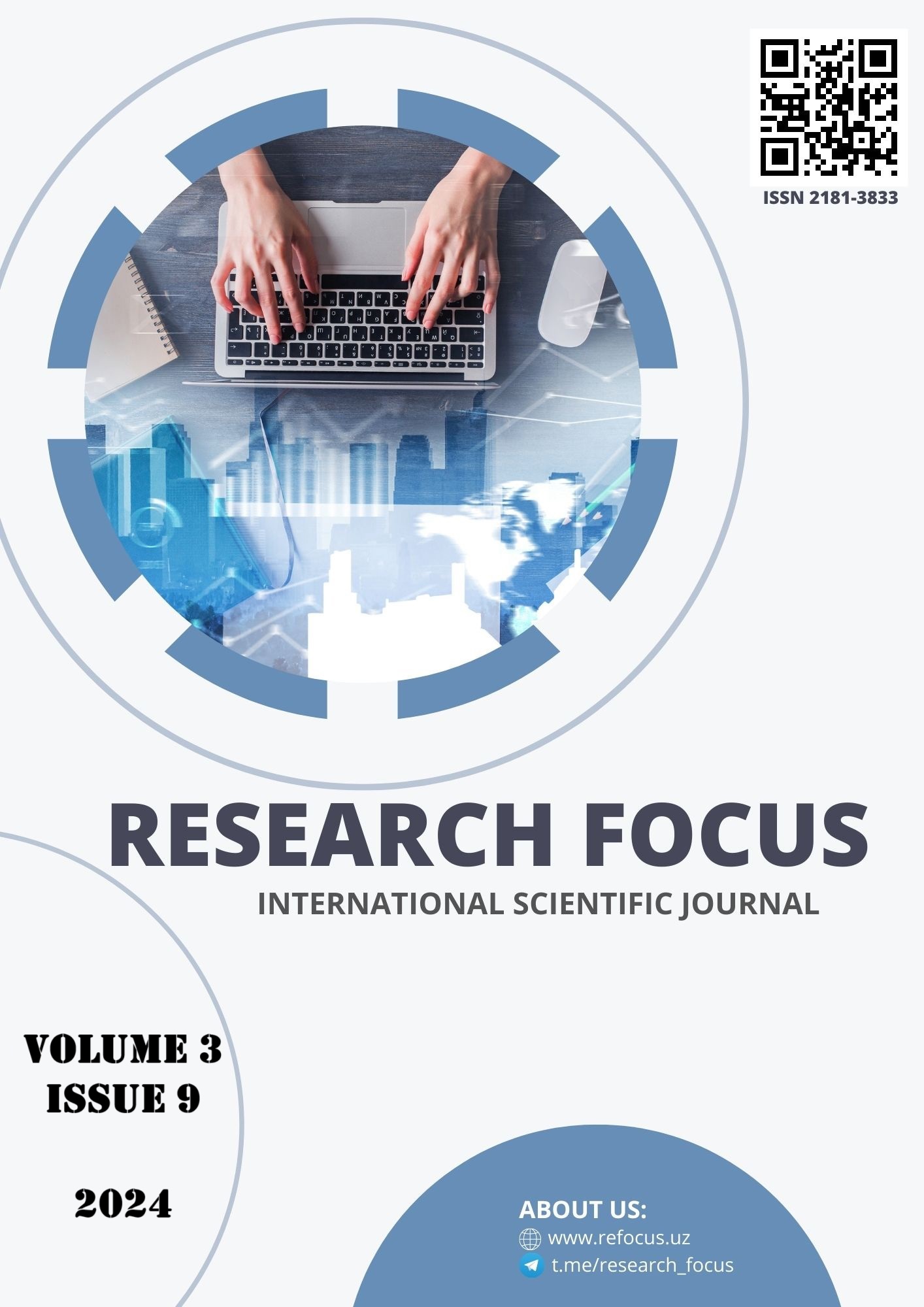IMPROVEMENT OF THE PROCESS AND DEVICES FOR OBTAINING MOISTURE-PRESERVING PREPARATIONS USED IN AGRICULTURE
Main Article Content
Abstract
This article focuses on enhancing the processes and equipment for producing humectants used in agriculture to improve soil moisture retention and crop yield. It explores advancements in the design and efficiency of production devices, including optimized chemical processes and environmentally friendly materials. The integration of these improvements into existing agricultural practices is analyzed in terms of sustainability, cost-effectiveness, and scalability. The study highlights the role of improved humectants in mitigating water scarcity issues and promoting more sustainable agricultural practices. Recommendations for future development in this field are also provided.
Article Details

This work is licensed under a Creative Commons Attribution 4.0 International License.
References
Liu, M., Gong, H., & Xie, X. (2022). "Recent Advances in Humectant Production for Sustainable Agriculture." Journal of Agricultural Chemistry, 58(4), 245–260. https://doi.org/10.1021/jac.2022.58.4.245
Smith, P., & Thompson, L. (2021). "Innovations in Enzyme-Based Catalysis for Agricultural Applications." Green Chemistry, 23(7), 1102–1115. https://doi.org/10.1039/d1gc00345a
Jackson, K., et al. (2020). "Green Chemistry in the Production of Biobased Humectants: A Review." Sustainable Agriculture and Environment, 12(3), 333–348. https://doi.org/10.1007/suage.2020.333
Nguyen, H., & Wu, T. (2019). "Membrane Filtration Technologies in Agricultural Chemical Production." Industrial & Engineering Chemistry Research, 58(2), 987–995. https://doi.org/10.1021/ie2019.987
Rodriguez, M., & Lee, J. (2021). "Continuous Flow Reactor Design for Optimized Humectant Synthesis in Agricultural Applications." Journal of Chemical Engineering, 67(8), 1245–1255. https://doi.org/10.1016/j.cej.2021.1245
Zhao, Y., & Patel, S. (2018). "Energy-Efficient Reactor Systems for Sustainable Chemical Processing." Chemical Process Design and Engineering, 45(6), 523–535. https://doi.org/10.1016/j.cede.2018.06.045

